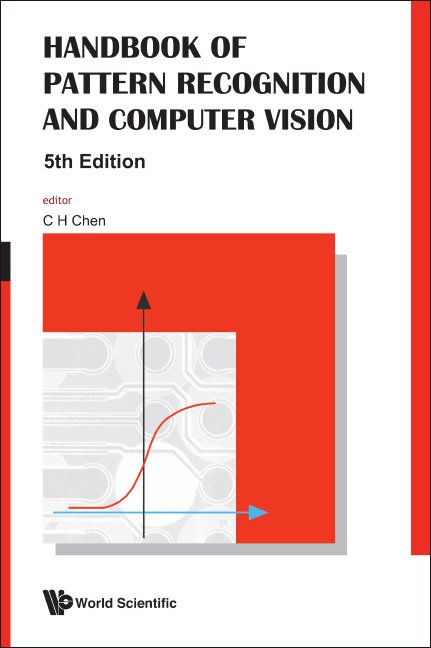CHAPTER 2.7: ANALYZING REMOTE SENSING IMAGES WITH HIERARCHIAL MORPHOLOGICAL REPRESENTATIONS
Very high resolution (VHR) images provide a detailed representation of the surveyed scene with a geometrical resolution that at present can be up to 30 cm (WorldView-3). One of the most promising strategy for the analysis and the interpretation of a scene relies on hierarchical representations of the spatial content of an image. The hierarchical structure of a tree is useful for gathering the heterogeneous characteristics of the objects among different spatial scales (i.e., from the pixel level up to the entire image). In the remote sensing literature, there are several contributions addressing the use of hierarchical representations in many tasks such as filtering, segmentation, classification, object detection, change detection, and considering different types of images (e.g., panchromatic, multispectral, hyperspectral). The structure of each representation can vary significantly and can be efficiently adopted for a specific remote sensing application. After providing an overview of the different hierarchical representations, this chapter focuses on the tree structures on which image filtering (here we consider morphological attribute filters) can be efficiently implanted. Particular attention is paid to the tree of shapes, which is an important morphological structure that represents images in a self-dual way. Moreover, the identification of structures with heterogeneous characteristics (i.e., scale and shape) can be effectively done when computing attribute filters in multi-scale architectures, for instance Self-Dual Attribute Profiles (SDAPs). In this chapter we focus on the use of multilevel filtering based on hierarchical representations of the image for land cover classification. In particular, the experimental results reported in the literature for the classification of SDAPs computed on remotely sensed images are presented. Since the effectiveness of SDAPs is strictly correlated to the set of the filter parameters selected for the filtering we report on a technique for the automatic selection on the filter's parameters in order to obtain a profile that is representative and a non-redundant.


